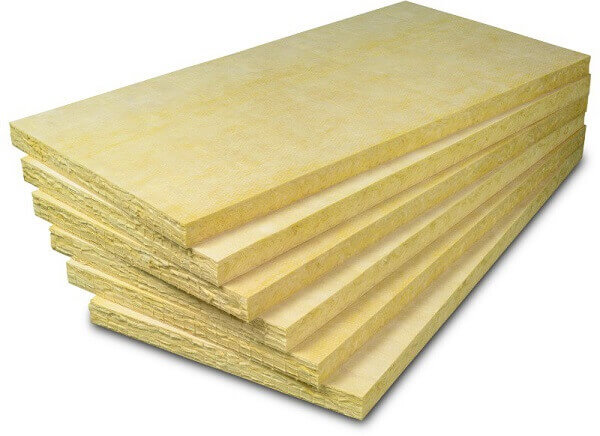Types of thermal insulation to prevent heat
29/08/2019 14:15
Types of thermal insulation in construction
All materials offer some resistance, to a lesser extent, to the passage of heat through them. In some, resistance is very low (metals, for example); others have medium strength (brick, mortar, plaster ...); and others have some exceptionally good qualities (rock wool, glass wool, polystyrene foam linings, corks, etc.). These materials are called insulating materials.
"The thermal insulation is that material used in construction that characterizes its high thermal resistance, establishing a barrier to the passage of heat between two media, which naturally tend to equalize temperature."

The Technical Building Code (CTE) specifies the minimum insulation required depending on the region of the country in which it is to be built. The Institute for Energy Diversification and Saving can find various information on the optimal materials tukang renovasi rumah and insulation levels to achieve maximum energy savings by changing our windows.
There are several types of thermal insulation commonly used in construction:
Extruded polystyrene (XPS)
Extruded polystyrene is a very strong and durable insulating material. Its resistance to water prevents it from becoming worn out and rotting over time. Its thermal conductivity varies between 0.033 W / mK and 0.036 W / mK.
Expanded polystyrene (EPS)
It is a foamed soft material derived from polystyrene. Much like squeezed polystyrene, its difference lies in the formation process (exhausted polystyrene is formed by closed bubbles, which gives it the ability to get wet without losing its qualities). Due to its versatility and lightness, expanded polystyrene is a material with a wide range of applications. It can be used with a variety of thick pieces with densities between 10 and 25 kg / m3. Its thermal conductivity varies significantly depending on the manufacturer, but usually gives average values ??between 0.06 W / mK and 0.03 W / mK.
"Extreme polystyrene (XPS) is used more in roof and floor insulation while the enlarged one is used for parts not for facades."
Rock wool
The usual rock wool panels are composed of 98% volcanic rock and 2% organic binder. It is obtained by melting the rock at high temperatures, subjecting it to motion to fiber it and applying binders and impure oils. The resulting material is treated to transform it into panels, skins, blankets ...
Rock wool products, in addition to their qualities as thermal insulators, give the building elements a remarkable ability to increase sound insulation.
Glass wool
It is a product of natural, mineral, inorganic origin, composed of interlaced glass filaments bound by flame resin. Glass wool panels are generally composed of silica sand and calcium and magnesium carbonate, which gives them good moisture resistance. It is obtained by a process similar to rock wool (high temperatures, movement to fiber and oils and resins to stabilize it).
Glass wool products have a rough cross-fiber structure, which causes air to be entangled in their pores, offering low conductivity and therefore great ability as thermal and acoustic insulation.
Polyurethane
It is a product whose basic composition is oil and sugar. It allows the formation of a lightweight rigid foam with a good coefficient of thermal conductivity (very insulating). In addition to a very good price-quality ratio as a insulator, it is a material that provides structural rigidity, adheres to any surface, dampens vibrations and does not absorb environmental moisture. It has been one of the most widely used products for insulation in recent years, although its use is reduced mainly due to the high degree of combustion.
Composite panels
Composite panels consist of metal layers and insulating materials (polyurethane foam, rock wool, polystyrene, etc.). They are particularly characterized by their modularity, lightness and lower cost. They are commonly used in walls and ceilings for warehouses, workshops, warehouses ...
Natural isolators
There are many products that offer good performance for thermal insulation, based on natural materials such as cork, hemp, wool, canvas, etc.
Recycled paper insulation
In some countries newspapers are used to make insulating products with recycled paper.
Thermal insulation in windows
In addition to ensuring that walls, ceiling and floor are well insulated when it comes to actualizing
